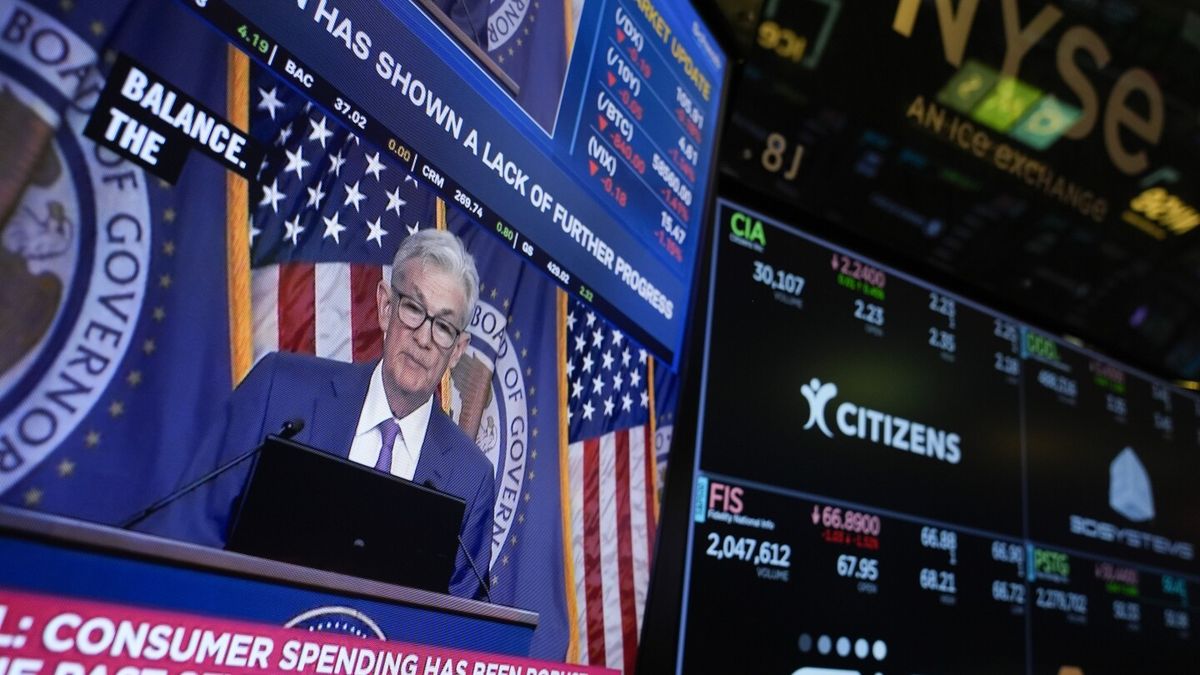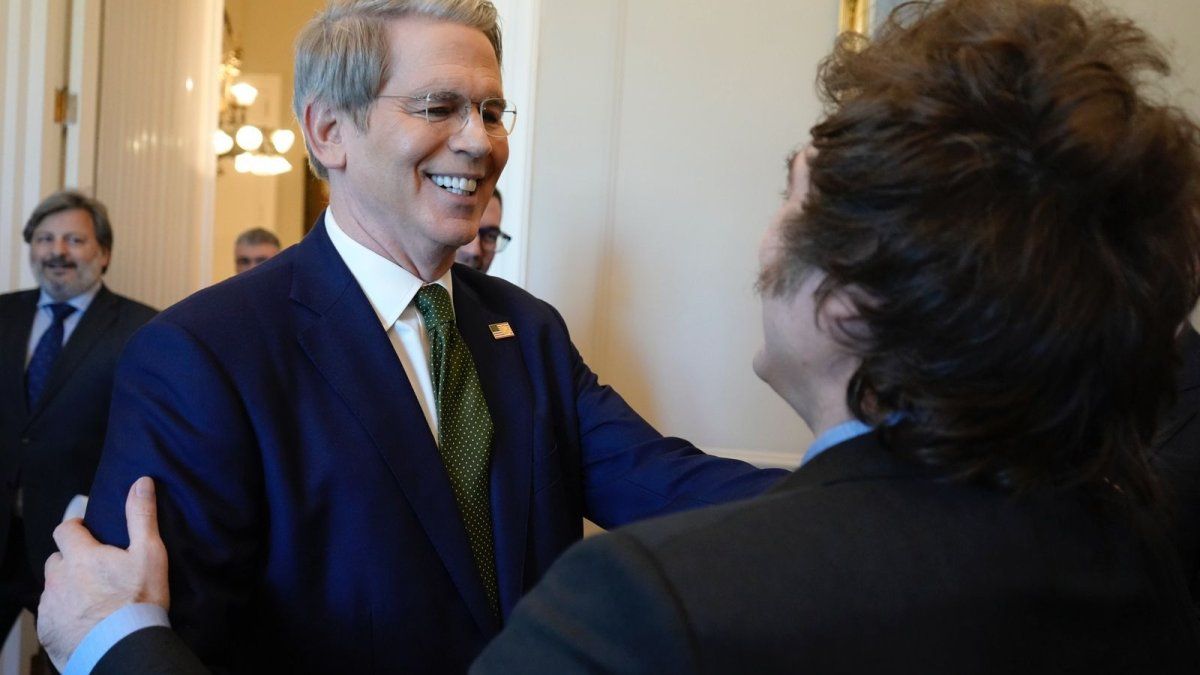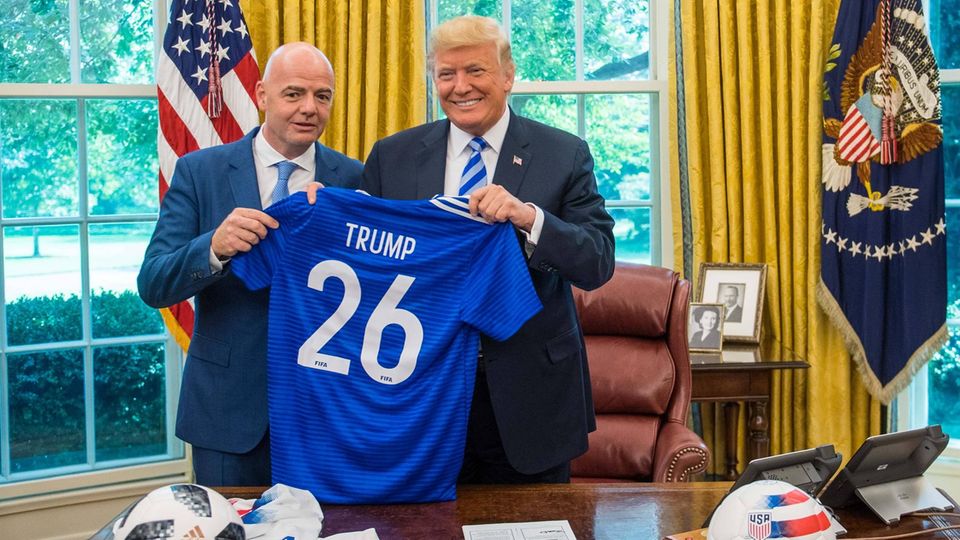Members of the Federal Reserve of United States (Fed) may be reconsidering their decision earlier this week to keep borrowing costs stable, after a government report released Friday showed that the working market slowed dramatically last month.
Employers added just 114,000 jobs in July, the report said. US Department of Laborand the rate of unemployment rose to 4.3% from 4.1% in June, marking an unexpected deterioration in a labor market that had held up surprisingly well during the Fed’s aggressive rate-hiking campaign. Federal Reserve in 2022 and 2023.
On Wednesday, when the Fed opted to keep the monetary policy rate in its current range of 5.25% – 5.50%, its president, Jerome Powellsaid he believed the labor market was in a process of “continuous and gradual normalization.”
“If Powell had known then what he knows now, he probably would have cut rates,” said Brian Jacobsen, chief economist at Annex Wealth Management. “By keeping rates unchanged while the inflation was falling, they applied too much pressure on the brakes,” he added to Reuters.
The data led traders to pile up bets that the Fed will deliver a half-percentage point rate cut at its Sept. 17-18 meeting, and will continue to lower borrowing costs after that, with the policy rate expected to end 2024 at least a full percentage point below where it is now.
Analysts at a handful of banks Wall Street They have broken their predictions and have drawn up new ones. Goldman Sachsfor example, now anticipates a steady series of Fed rate cuts at each meeting, and Citi has announced half-percentage point cuts in both September and December.
“I would not like to see a further cooling of the labor market,” Powell told reporters on Wednesday. “If we see something that looks like a more significant decline, that would be something we would intend to respond to,” he said.
“The inaction of the Fed “This week was a mistake; the case for a 50 basis point hike in September is strong,” wrote Ian Shepherdson, chief economist at Pantheon Macroeconomics“The poor July jobs report leaves the Fed far behind,” he said.
Analysts noted that some of the underlying data was not as weak as the headline numbers suggested. Labor force growth was substantial, with the labor force participation rate rising from 62.6% to 62.7%.
That, coupled with the fact that fewer businesses than usual responded to the monthly employment survey, increases the likelihood that some of the weakness will be revised in future reports, analysts said.
The increase in the rate of unemployment last month triggered the call Sahm rulea historically accurate early indicator of recession which says such a recession is underway when the three-month moving average of the unemployment rate rises half a percentage point above its 12-month low.
The increase has raised fears that the Fed has waited too long to cut rates and will have to catch up with big cuts in borrowing costs to cushion the economy.
“The soft landing in the US labor market is in jeopardy,” wrote Nick Bunker, director of economic research for North America at Indeed Hiring Lab.
Source: Ambito




